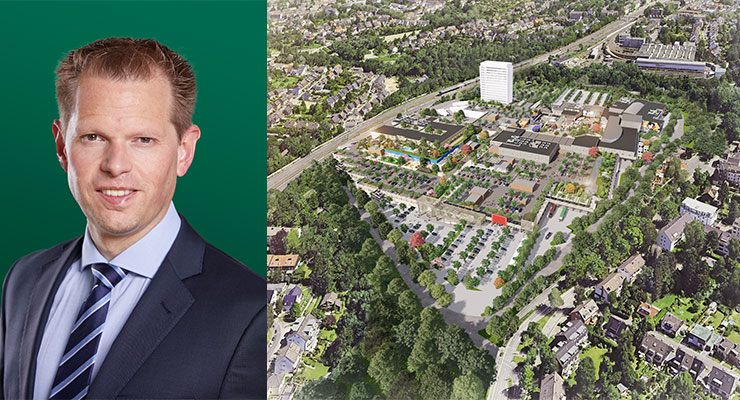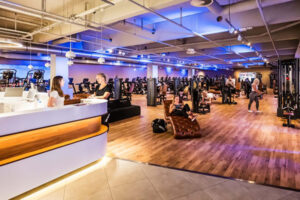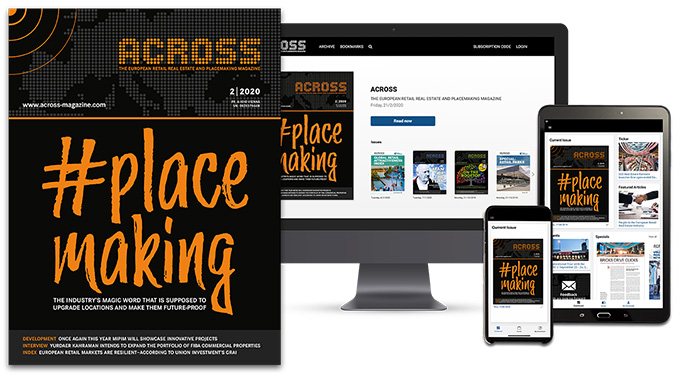ACROSS: Retail has always been in a state of change, but the speed at which change happens has increased. What, in your opinion, has been the most significant and long-lasting change in consumer behavior over the past five years?
OLAF LEY: At the moment, there is a clear differentiation in retail. Many people have less money at their disposal these days, which has had a direct impact on their consumer behavior. As a result, discount concepts have become increasingly popular. This development is not only reflected in the sales figures, but, more specifically, in the composition of the tenant landscape as well.
ACROSS: What exactly does that mean?
LEY: Ten years ago, potential tenants like TEDi and KiK wouldn’t have been taken very seriously in location or concept discussions – such brands were frowned upon. Today, however, attitudes have changed considerably. Nowadays, such concepts are not only recognized as legitimate in certain locations and for certain target groups, but are even specifically referred to as “target tenants”. That’s a clear indication of the impact that social and economic realities have had on strategic considerations in the retail sector. This development can essentially be attributed to a split in the market: On the one hand, there is a clear trend towards luxury concepts, on the other hand, there is a trend towards discount concepts – both as a result of developments in society as a whole.
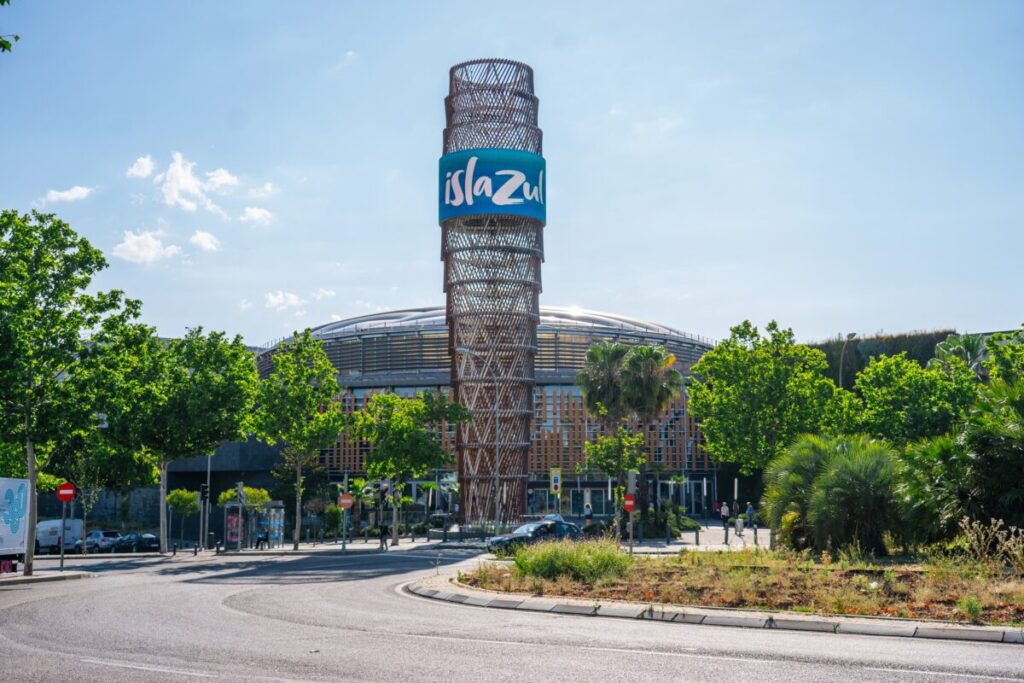
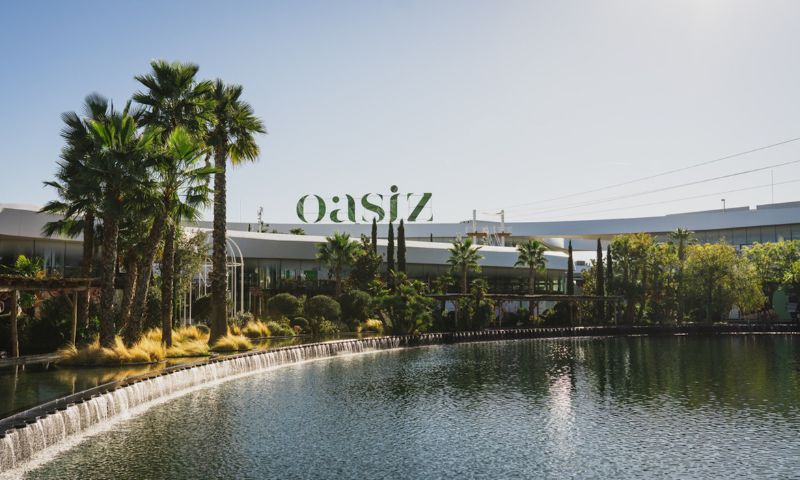
ACROSS: So, one of the key issues in recent years has been polarization?
LEY: Absolutely. Of course, there are a number of other trends that have been of relevance, such as the growing importance of sustainability and new usage concepts. However, the destigmatization of providers such as Action, TEDi, KiK, and New Yorker is exemplary of the change in consumer behavior. It’s not just about prices. I don’t share the sentiment that such concepts are only successful because they are “cheap”.
ACROSS: Is there anything else that appeals to consumers?
LEY: In my opinion, customers are looking for one thing above everything else these days: real value for their money. That’s what determines whether a provider survives – regardless of whether it operates in the luxury, discount, or mid-range segment. The decline in the midrange segment, as we have seen with brands such as Esprit, is, therefore, not so much an indication of a “lost mid-range”, but rather a sign that some providers have failed to communicate or deliver this value in a convincing way.
ACROSS: So, discount concepts have become acceptable. How is that reflected in the appearance of the formats, in particular?
LEY: Discounters understand that they have to position themselves in a different way in order to score points with owners. It’s no longer enough to simply place packages of goods inside a store. There has been a clear move towards traditional retail formats.
ACROSS: Can you give us a specific example?
LEY: A Halfprize store recently opened at our Oasiz center in Madrid. During my time at Unibail, I became quite familiar with the off price retailer, which used to have a traditional discount character. However, the store design of their Oasiz location is extremely professional. The shelving is still quite simple, but everything is very neatly and attractively arranged. For instance, you can find Balenciaga shoes there that only cost €550 instead of €1000. In short: Both the store design and the range have reached a quality level that is entirely presentable today.
ACROSS: What other arguments can be made to convince landlords?
LEY: Discounters consistently pay their rents. That makes them reliable tenants from the landlord’s point of view. Thirdly, there is the issue of customer footfall: Discounters attract a high number of visitors to a center. Of course, you have to pay close attention to the types of customers you attract. On the other hand, customers have changed. I, for example, shop at both Rewe and Aldi at the weekend. In the past, such customers were called “hybrid customers” – people who flexibly take advantage of various formats. Today, nearly every consumer shops in such a way. Center operators can use this development to win back customers and design their centers accordingly. I can easily see us attracting tenants in the fashion sector who tend to be in the mid- to lower-range segment. As a result, a wide range of opportunities will emerge for investors, which is what I am counting on. At RRZ in Mulheim, for example, we positioned convenience tenants such as Kaufland and Muller in the middle of the center.

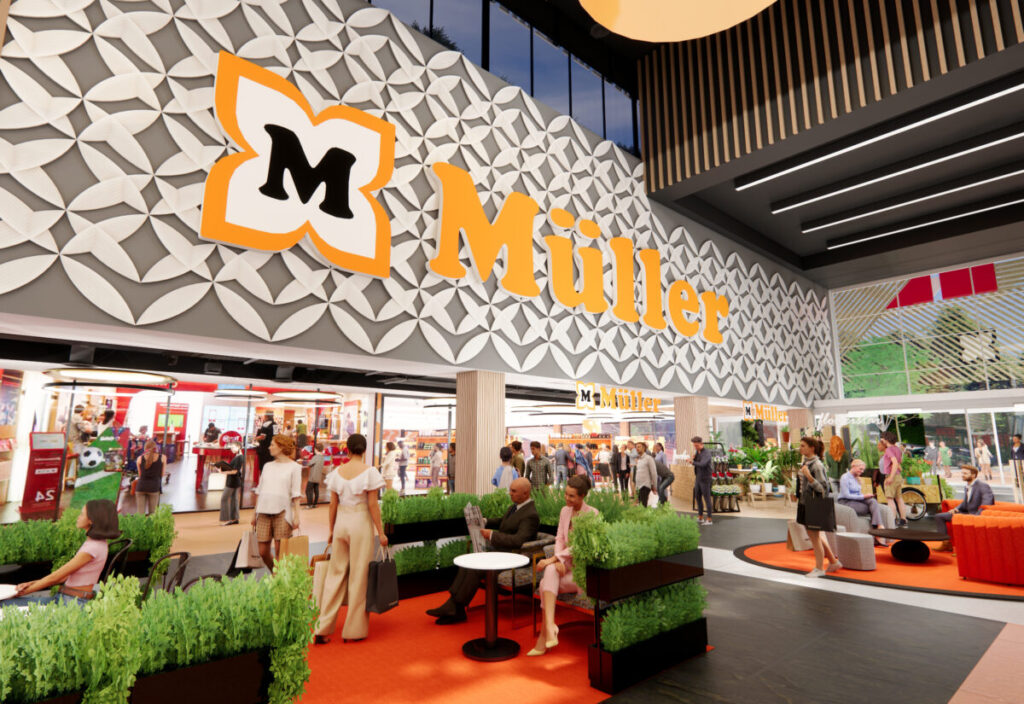
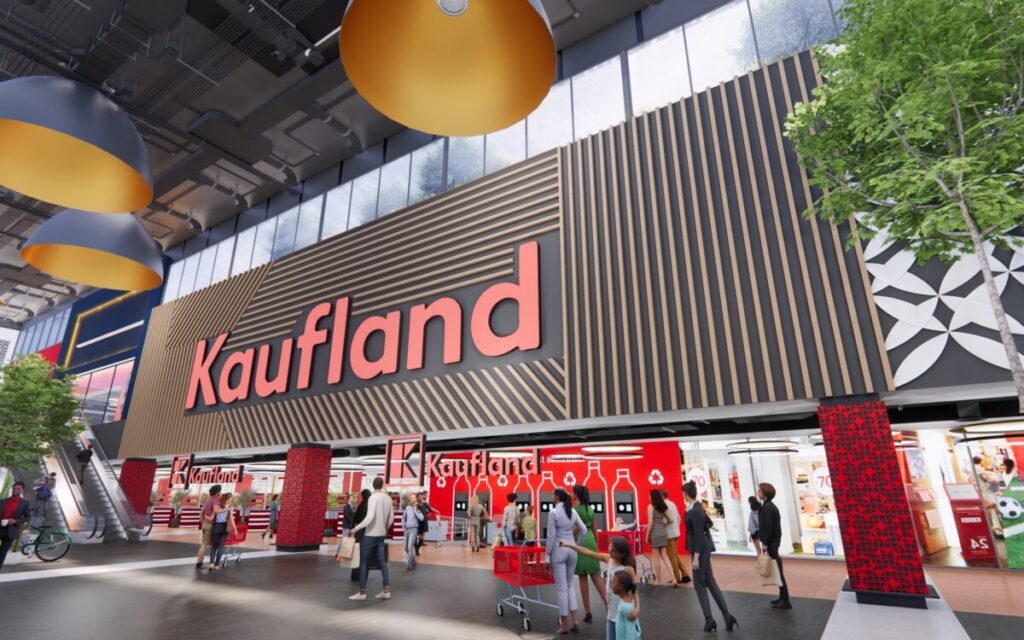
Rhein-Ruhr Zentrum serves Germany’s largest metropolitan area, the Rhine-Ruhr region, which is home to more than ten million residents.
ACROSS: In a nutshell: The poles are continuing to grow, and the mid-range segment is shrinking.
LEY:As I explained earlier, there’s a clear trend towards polarization, but that isn’t the only development, nor does it mean that there’s no room for other formats. On the contrary: It’s apparent that today, more than ever, properly catering to your own niche is essential – even in the so-called mid-range. Examples such as the Bestseller Group prove that it is, in fact, possible to operate successfully in the mid-range – if the price-performance ratio is right and the concept is clearly geared towards the target group. That’s why I’m convinced that the midrange still exists in retail. However, it must be conceptualized and designed in a different way than it was in the past.
ACROSS: What advice can you give to mid-range providers?
LEY:It’s important to bear this in mind: Customers do not forgive mediocrity, and the market is in a constant state of change. Even the most successful brands cannot afford to rest on their laurels. Watching companies like Inditex and Zara grow while at the same time hearing young people in my private life claiming that Zara is too “old” for them certainly makes me sit up and take notice. The market never stops evolving, and successful providers are those who flexibly adapt their concepts.
ACROSS: Have you also observed polarization with respect to locations?
LEY:Yes, and markedly so. While textile chains used to occupy nearly every available space, they are now primarily focused on large, prominent locations. Zara, for example, is planning new formats covering 5,000 square meters of space. At the same time, smaller, less profitable locations are being closed. That has led to a stronger focus on certain centers.
ACROSS: Let’s take a look at your portfolio – in particular, the Rhein-Ruhr Zentrum in Mülheim, a center whose main customer base is the West German middle class. What is the current tenant structure like?
LEY:We’ve brought several major new tenants on board: Kaufland, Muller, and entertainment provider Adventica, which opens in July. CinemaxX will also remain at the location on a long-term basis. The next step will involve new fashion tenants located on the level above Kaufland; details will follow soon. Of course, we must not overlook the fact that we still have a 30% vacancy rate. Nevertheless, tenant feedback has been very positive with regard to the location. Our rent levels are also comparatively moderate. Therefore, we are more than optimistic about further developments.
ACROSS: The Rhein-Ruhr Zentrum is considered to be very emotionally anchored in the region.
LEY:There’s a special sense of consumer loyalty that can easily be felt there. For example: We installed new seating, and the response on social media was overwhelming. People feel connected to the center. Despite some of the current challenges, 4.7 to 4.8 million people visit the center every year. Our customers appreciate the easy accessibility and the relaxed shopping experience, especially in comparison to large shopping malls like Centro.
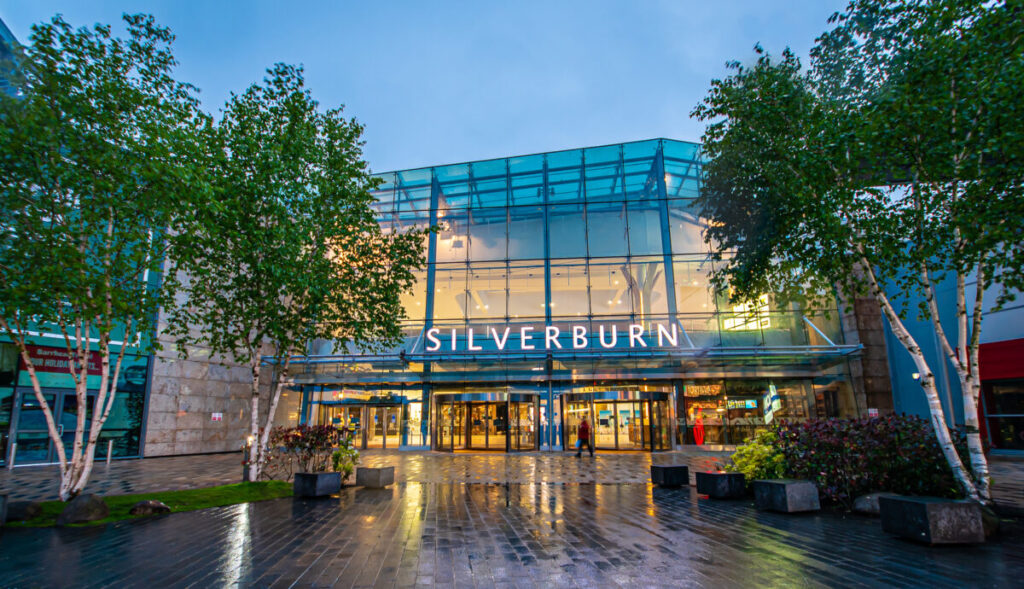
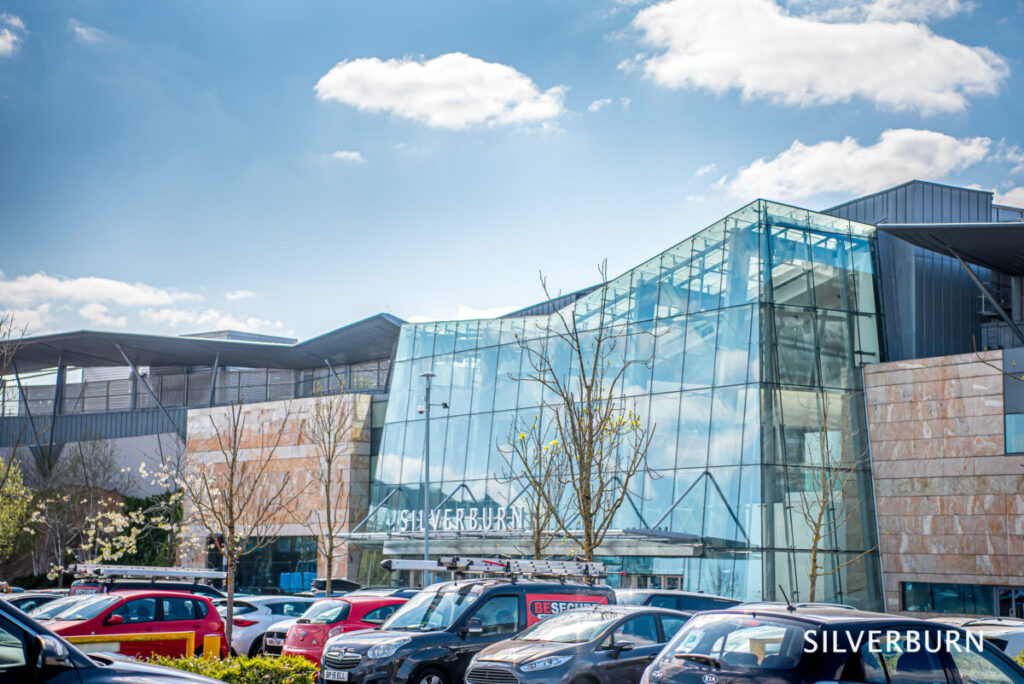
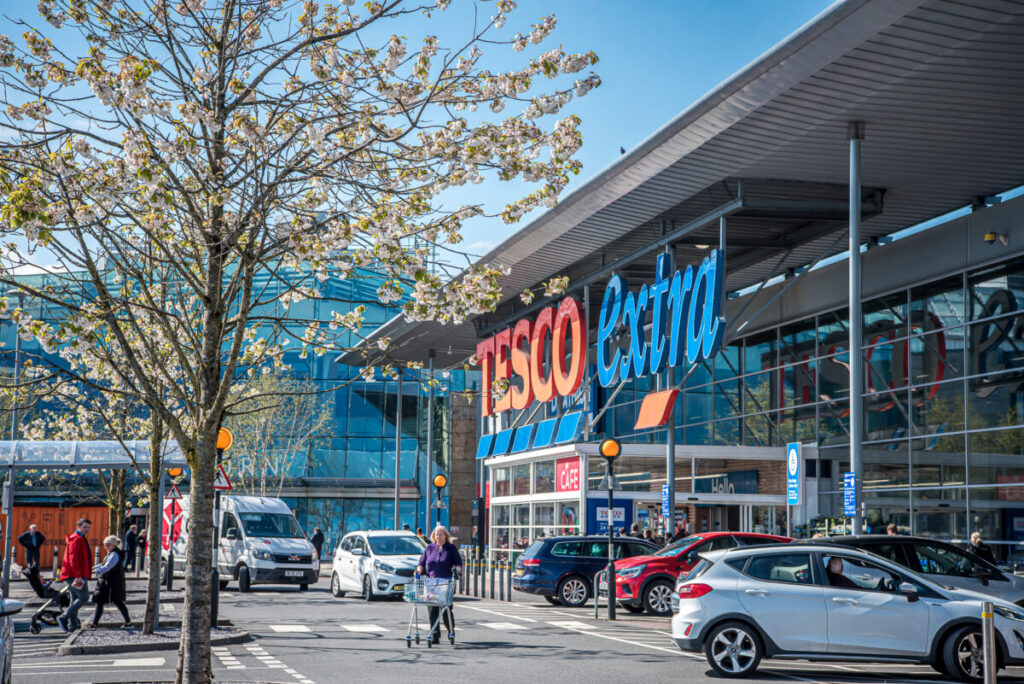
Silverburn is the most important shopping center in Glasgow. This role has been recently reinforced by the opening of the largest Zara store in Scotland.
ACROSS: So, acquiring the Rhein-Ruhr Zentrum was the right move.
LEY:Absolutely. It was the right decision. There are always surprises when it comes to existing properties, but we’re on track. Demolition work began at the end of April, and we’ve already invested around 10 million euros in preparatory measures. Now, we can finally see that changes are being made.
ACROSS: How is the entertainment and gastronomy area coming along?
LEY:We are modernizing the food court – but without any huge investments. New furniture, changes to the layout, and visual upgrades will improve the ambience. Customers these days are primarily interested in feeling comfortable. Adventica and CinemaxX also stand to benefit from the upgrades that will be made to the surrounding area. Our motto for all of the measures that are being taken is: “Keep it simple, but nice.”
ACROSS: Are there any noteworthy highlights on the horizon for the Eurofund Group in 2025?
LEY:We are working on the further expansion of our portfolio, with a particular focus on Germany. There are several major transactions in the pipeline. We are on the verge of closing an exclusive agreement for a property valued at around 200 million euros. Generally speaking, we are considering keeping properties in our portfolio for longer periods of time as opposed to selling them off at short notice. Team growth will also play an important role.

Olaf Ley
Olaf Ley is the CEO Germany Retail at Eurofund.

